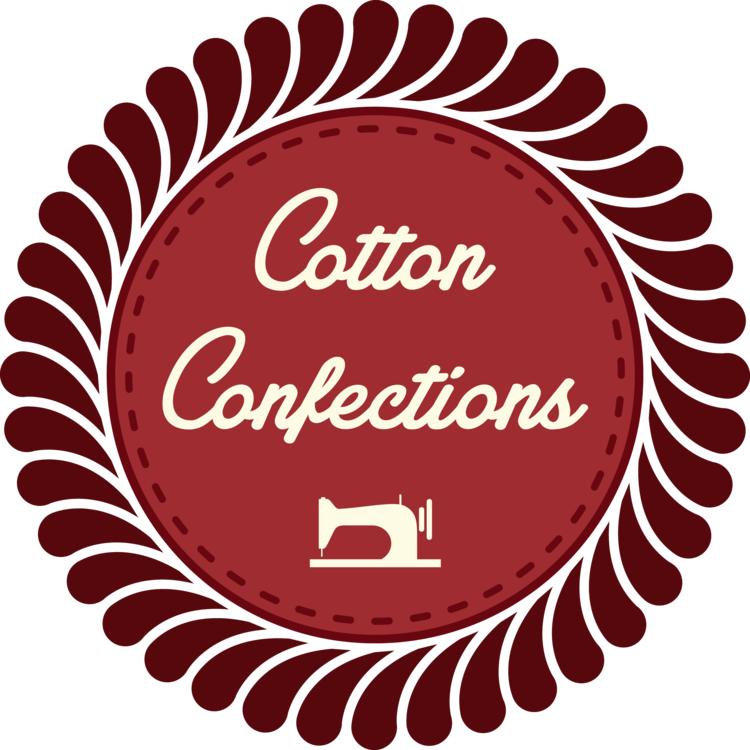Update from last post: I had another ultrasound last Friday and found some tissues remaining in my uterus. I was send to the Day Surgery, had a D&C and started another round of recovery. While resting at home, I resumed my sample blocks quilt and worked on a Baltimore album style applique block. This time, I tried prepared edge hand applique., using Appliquick fusible webs and glue to turn the edges before stitching the pieces to the background fabric. As I was working on the fell stitch, I wondered how close the stitches need to be. Then, I remembered the pictures taken at the Maryland Historical Society Museum last Christmas. Browsing through the pictures again, I must admit that my stitches are too sparse from a Baltimore lady's standard... (need improvement)
I felt guilty that I used mostly a cream color thread for applique and don't bother about the stitches being (hardly) visible. But that's how people had done in the past actually. I think they were proud of they tiny stitches and fine workmanship, and wouldn't mind the stitches being visible.
Indeed, the stitches, even done in white thread, are invisible if you are more than 4 inches away.
